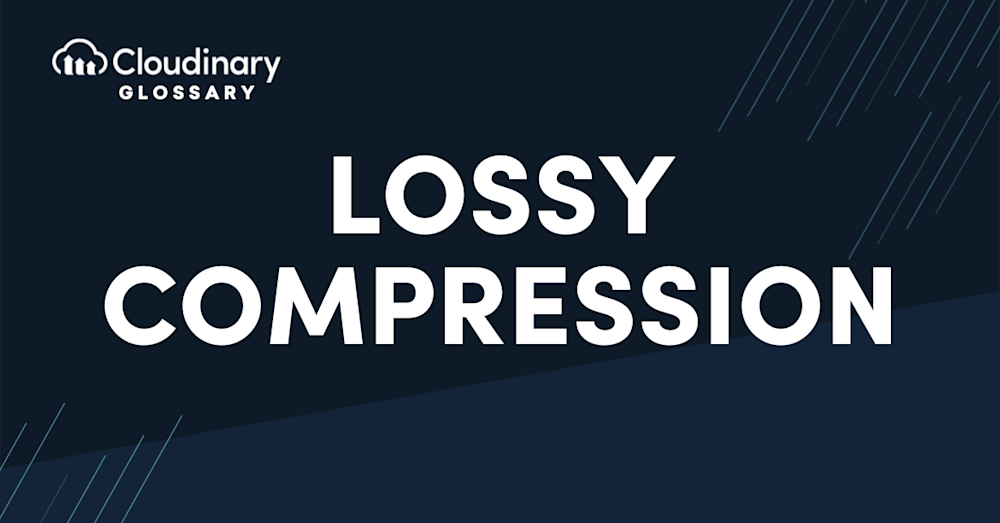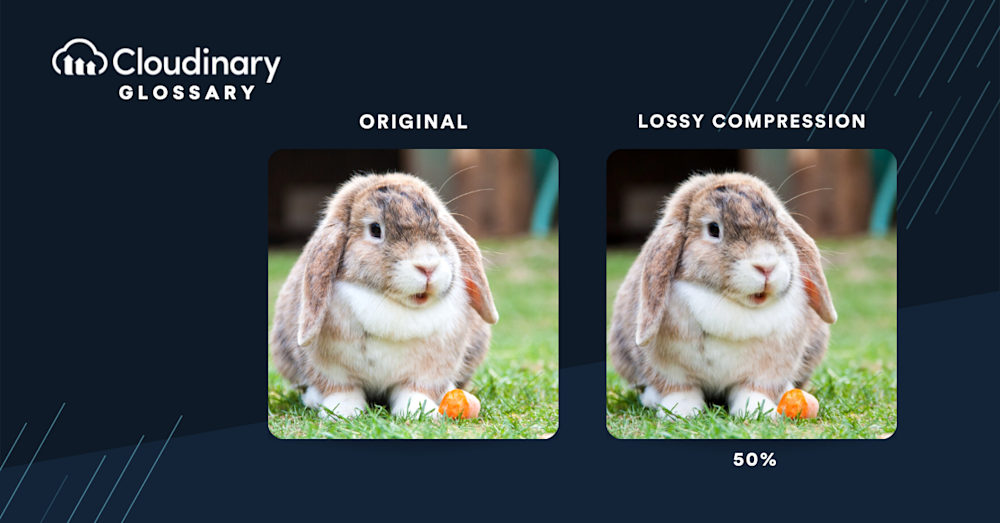Videos usually become huge files in today’s world, where everyone carries a high-powered video camera in their pockets 24/7. However, when it comes to sending these videos, it can quickly become a complicated issue of file size, transfer speed, and bandwidth. One of the ways to combat this is with compression, but not all compression methods are equal.
What Is Lossy Compression?
In the world of data compression, lossy compression is a way to shrink large files without completely losing data. Its main goal is to have a method of reconstructing files in a way where you won’t notice the missing data. However, this method is more of a “fast and loose” approach, often resulting in a lower-quality final product. On the other hand, lossless compression reduces file size without any information loss.
Lossy compression is also referred to as irreversible compression. It’s typically employed when it’s acceptable to lose some data in the file or when there’s a need to free up storage space. This is particularly relevant for applications where very small file sizes are prioritized, and slight quality degradation is acceptable.
The advantages of lossy compression include achieving very small file sizes and the broad support of various tools, plugins, and software. However, one significant disadvantage is the quality degradation with a higher compression ratio. Additionally, once a file is compressed using lossy methods, the original version cannot be recovered, which is a critical consideration for data preservation.
The main difference between these two types of compression is that lossy compression involves removing some data from a file to make it smaller. At the same time, lossless eliminates repetitive patterns within a file and leaves everything else intact — no matter how much it shrinks down in size.
Lossy compression is used in digital photography and video because it’s faster than lossless compression. But there are downsides: when we use lossy compression on an audio file like MP3s or JPEGs, we lose some detail from our original recordings. If we try listening or looking closely enough at our photos after compressing them, we might notice something has changed compared to the original – and sometimes significantly.
For example, MP3 files, a common format for audio compression, can be as small as one-tenth the size of lossless files. This significant reduction in size illustrates the effectiveness of lossy compression in certain contexts despite the potential for quality reduction.
Lossless Compression vs. Lossy Compression
Lossless compression is reversible, meaning the original data can be recovered exactly from its compressed form. This is true for most well-known lossless data formats (like ZIP files). Lossy compression is irreversible – the compressed file cannot be completely recovered as it was before being processed by a lossy algorithm.
In general, JPEG images are stored using lossy techniques to reduce their file size while maintaining an acceptable level of quality. MP3 audio files also employ lossy compression because they need to store large amounts of sound data in small files; similarly, MPEG video uses compression methods such as those found in JPEG images so that high-quality videos can be transmitted over the internet quickly enough for smooth playback on your computer screen or smartphone display
Maximizing Your Compression with Cloudinary
Lossy compression is a great way to reduce the size of a file without losing a lot of information. It’s useful when you need to send something over the internet but don’t have enough bandwidth or storage space. While it’s not a perfect solution to every problem, it does have its place.
If you need a digital media solution that can handle all your compression needs, look no further than Cloudinary. With our Digital Asset Management, you can host and use your media as needed – without the hassle of picking compression options, thanks to the power of Intelligent Automation.
With Cloudinary’s media optimization, we automatically compress images using the optimal encoder for the task. You won’t need to worry about sacrificing image quality for performance – all you need to do is sign up for a free account and try it.
Check Out Our Tools That You May Find Useful:



